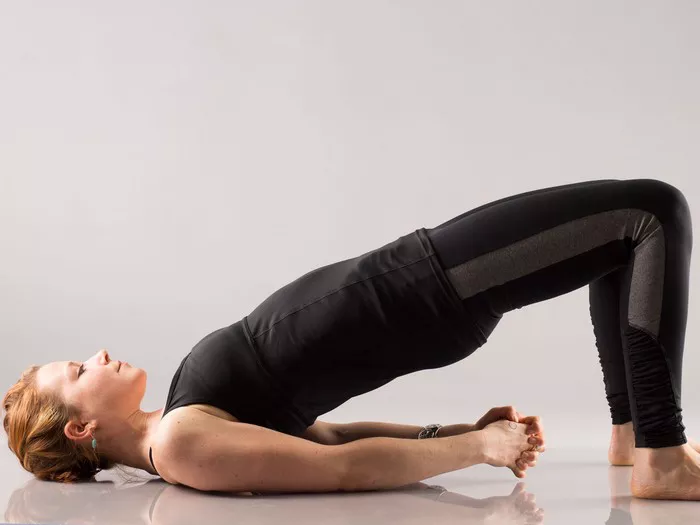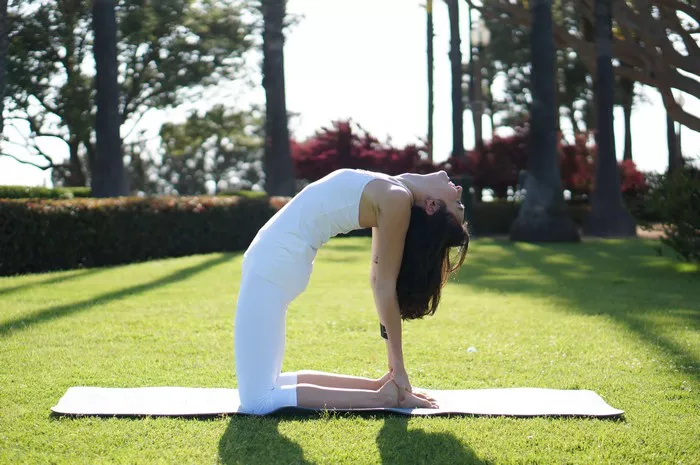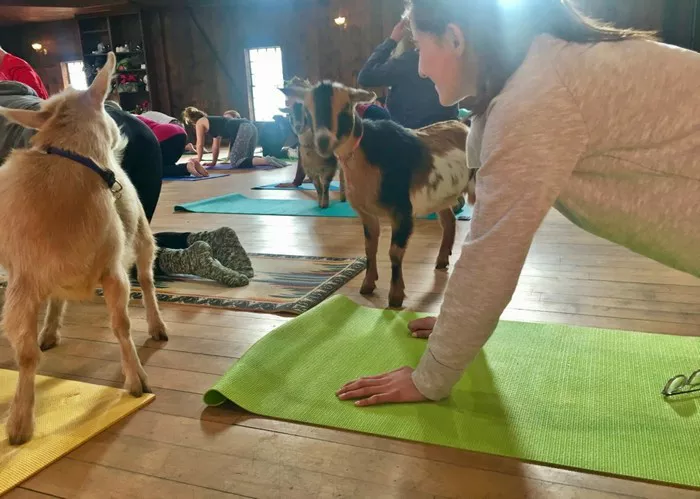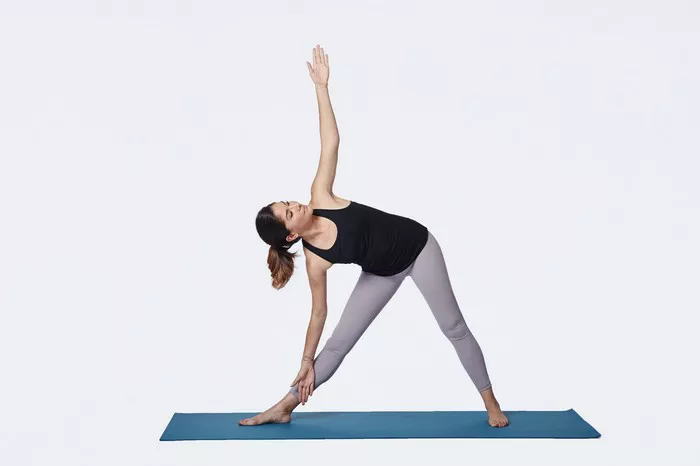Trauma manifests in the body in many ways, often resulting in physical tension, emotional blockages, and psychological distress. Yoga, with its holistic approach to mind and body, provides a powerful means to release this trauma. Through a combination of breathwork, movement, and mindfulness, specific yoga poses can help unlock stored trauma, promoting healing and well-being. Here, we explore five of the best yoga poses for releasing trauma, along with guidance on how to practice them effectively.
1. Child’s Pose (Balasana)
Child’s Pose is a grounding and calming pose that gently stretches the back, hips, and thighs. It creates a sense of safety and security, making it an ideal starting point for trauma release.
Benefits:
- Calms the nervous system.
- Reduces stress and anxiety.
- Promotes introspection and self-soothing.
- Gently stretches the lower back and hips.
How to Practice:
- Begin in a kneeling position, with your big toes touching and your knees spread apart to a comfortable width.
- Sit back on your heels, and then slowly lower your torso forward, allowing your forehead to rest on the mat.
- Extend your arms in front of you or let them rest alongside your body, palms facing up.
- Breathe deeply and hold the pose for at least 5 minutes, focusing on your breath and the sensations in your body.
Tips:
- If your forehead doesn’t reach the mat, place a block or a folded blanket underneath for support.
- Experiment with the position of your arms to find what feels most comfortable and grounding for you.
2. Pigeon Pose (Eka Pada Rajakapotasana)
Pigeon Pose is a deep hip opener that can release stored emotions and tension in the hips. It’s particularly effective for addressing trauma as the hips are often where emotional stress is held.
Benefits:
- Releases deep-seated tension in the hips.
- Stretches the thighs, groin, and lower back.
- Encourages emotional release.
- Improves flexibility and mobility in the hip joint.
How to Practice:
- Start in a tabletop position with your hands directly under your shoulders and knees under your hips.
- Bring your right knee forward and place it behind your right wrist, with your right ankle near your left hip.
- Extend your left leg straight back, keeping your hips square to the mat.
- Slowly lower your torso over your right leg, resting on your forearms or extending your arms forward.
- Hold for 3-5 minutes, then switch sides.
Tips:
- Use props like blankets or blocks under your hips for added support and alignment.
- Maintain a gentle, steady breath to help ease into the stretch and release tension.
3. Legs-Up-The-Wall Pose (Viparita Karani)
Legs-Up-The-Wall Pose is a restorative posture that helps calm the mind and body. This pose encourages relaxation and can alleviate symptoms of anxiety and PTSD.
Benefits:
- Reduces anxiety and stress.
- Promotes relaxation and sleep.
- Improves circulation and reduces swelling in the legs.
- Calms the nervous system.
How to Practice:
- Sit with one side of your body against a wall.
- Swing your legs up the wall as you lower your back to the floor, adjusting so your sit bones are close to the wall.
- Extend your arms out to the sides, palms facing up, and close your eyes.
- Stay in the pose for 5-10 minutes, focusing on deep, slow breathing.
Tips:
- Place a folded blanket or bolster under your hips for added support and a gentle inversion.
- To enhance the restorative effect, cover your eyes with an eye pillow or cloth.
4. Bridge Pose (Setu Bandhasana)
Bridge Pose opens the chest and heart, providing an opportunity to release emotional and physical tension. It also strengthens the back and legs, promoting a sense of empowerment and stability.
Benefits:
- Opens the chest and shoulders.
- Strengthens the back, glutes, and legs.
- Reduces anxiety and fatigue.
- Stimulates the thyroid and abdominal organs.
How to Practice:
- Lie on your back with your knees bent and feet hip-width apart, close to your buttocks.
- Press into your feet and lift your hips toward the ceiling, clasping your hands under your back if possible.
- Roll your shoulders under and lift your chest, keeping your neck relaxed.
- Hold for 1-2 minutes, then slowly lower your hips to the mat.
Tips:
- Use a block under your sacrum for a supported variation that allows for longer holds and deeper relaxation.
- Engage your inner thighs and glutes to protect your lower back.
5. Corpse Pose (Savasana)
Savasana is the ultimate pose for relaxation and integration. It allows the body and mind to absorb the benefits of the practice, promoting deep healing and release.
Benefits:
- Promotes complete relaxation and stress relief.
- Integrates the benefits of the yoga practice.
- Reduces symptoms of depression and anxiety.
- Encourages mindfulness and self-awareness.
How to Practice:
- Lie flat on your back with your legs extended and arms at your sides, palms facing up.
- Close your eyes and take deep breaths, allowing your body to fully relax into the mat.
- Focus on releasing any remaining tension from each part of your body, starting from your toes and moving up to your head.
- Stay in Savasana for at least 10 minutes, allowing your body and mind to rest and rejuvenate.
Tips:
- Use props like a bolster under your knees or a blanket over your body to enhance comfort.
- Practice a body scan meditation to deepen the relaxation experience.
The Science Behind Yoga and Trauma Release
Understanding the science behind how yoga helps release trauma can deepen your practice and appreciation for its benefits. Trauma affects the body in various ways, often leading to dysregulation of the autonomic nervous system. This can result in a heightened state of arousal (hyperarousal) or a numbed response (hypoarousal). Yoga helps to restore balance by engaging the parasympathetic nervous system, which promotes relaxation and healing.
Breath and the Nervous System:
Breathing exercises in yoga stimulate the vagus nerve, which is crucial for activating the parasympathetic response. This reduces stress hormones like cortisol and adrenaline, allowing the body to enter a state of rest and digest.
Mindfulness and Emotional Regulation:
Mindfulness, a core component of yoga, increases awareness of the present moment. This heightened awareness can help individuals recognize and process their emotions, rather than suppressing them. It fosters a compassionate self-relationship, which is essential for healing trauma.
Movement and Physical Release:
The physical postures in yoga target areas of the body where trauma is often stored, such as the hips, shoulders, and back. Through gentle stretching and sustained holds, these poses can release muscle tension and emotional blockages. The slow, deliberate movements also help to reconnect the mind and body, which is often disrupted by trauma.
Creating a Safe Space for Trauma Release
For yoga to be effective in releasing trauma, it’s important to create a safe and supportive environment. Here are some tips for yoga instructors and practitioners to consider:
Instructors:
Use Trauma-Informed Language: Avoid using triggering language or asking students to relive their trauma. Focus on the present moment and sensations.
Offer Choices: Empower students by offering variations and allowing them to choose what feels best for their bodies.
Respect Boundaries: Understand that not everyone will be comfortable with physical adjustments. Always ask for consent before offering hands-on assistance.
Practitioners:
Listen to Your Body: Pay attention to how your body feels during each pose and adjust as needed. It’s okay to skip poses that feel uncomfortable.
Create a Comfortable Environment: Practice in a space where you feel safe and relaxed. Use props to support your body and make poses more accessible.
Practice Self-Compassion: Healing from trauma is a journey. Be gentle with yourself and acknowledge your progress, no matter how small.
Incorporating Yoga into Your Healing Journey
Integrating yoga into your routine can be a transformative part of your healing journey. Here are some additional tips to help you make the most of your practice:
Consistency:
Regular practice is key to reaping the benefits of yoga. Aim for at least three sessions per week, even if they’re short. Consistency helps to reinforce new neural pathways and establish a sense of routine and stability.
Journaling:
Consider keeping a journal to track your experiences and emotions after each practice. This can help you identify patterns, triggers, and progress over time.
Combining Therapies:
Yoga can be an excellent complement to other forms of therapy, such as counseling or bodywork. Discuss with your therapist how you can integrate yoga into your overall treatment plan.
Community Support:
Joining a trauma-informed yoga class or group can provide additional support and a sense of community. Sharing your experiences with others who understand can be incredibly validating and healing.
Conclusion
Yoga offers a gentle yet powerful approach to releasing trauma and fostering holistic healing. By incorporating poses like Child’s Pose, Pigeon Pose, Legs-Up-The-Wall, Bridge Pose, and Corpse Pose into your practice, you can unlock stored tension and emotions, promoting both physical and emotional well-being. Remember to approach your practice with mindfulness, compassion, and consistency, creating a safe space for yourself to heal and grow.

























